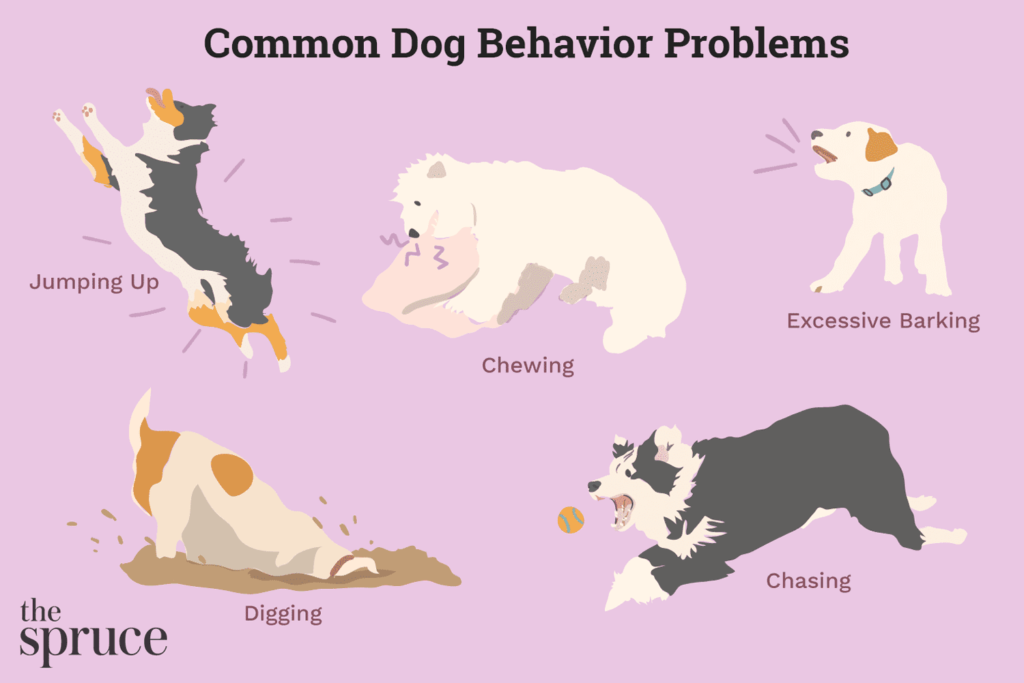
Understanding the Root Causes and Effective Strategies for Resolving Aggression and Anxiety in Dogs
Dog behaviour problems, including aggression and anxiety, are prevalent among pet owners. In an interview with HT Digital, renowned animal behaviourist Dr. Kate Mornement sheds light on the underlying causes of these issues and offers valuable guidance on how to address them effectively. This article explores the top three reasons for dogs behaving badly, as identified by Dr. Mornement, and provides actionable steps for pet parents to resolve these behavior problems.
1. Separation Anxiety:
Separation anxiety often arises in puppies or newly adopted dogs when their routine changes or when owners return to work after a prolonged period at home. Dogs are not inherently equipped to handle being alone, and it is crucial for owners to teach them coping mechanisms. Dr. Mornement suggests the following steps to address separation anxiety:
a. Gradual Separation: Begin by leaving your dog alone for short periods and gradually increase the duration as they adjust. Pair this separation time with things your dog loves, such as meals or long-lasting chew treats.
b. Positive Association: Help your dog associate being alone with positive experiences by incorporating rewards and engaging activities during your absence. This helps alleviate anxiety and teaches them that being alone can be enjoyable.
c. Professional Assistance: In cases of moderate to severe separation anxiety, seeking the help of an animal behaviorist or veterinarian may be necessary. They can provide guidance on implementing behavior modification techniques and may recommend anti-anxiety medication if required.
2. Aggression Towards Other Dogs:
Aggression towards other dogs often stems from fear, anxiety, or a lack of positive socialization experiences. To address this issue, Dr. Mornement recommends the following approach:
a. Controlled Exposure: Keep your dog at a safe distance from unfamiliar dogs and gradually reduce this distance over time. During these controlled encounters, pair the presence of other dogs with high-value treats or rewards. This process helps your dog associate positive experiences with the presence of other dogs.
b. Desensitisation and Counterconditioning: Gradually expose your dog to the triggers that evoke aggression, while simultaneously providing rewards and positive reinforcement. This process helps replace negative associations with positive ones and reduces fear or anxiety-based aggression.
c. Consistency and Patience: Resolving aggression towards other dogs requires consistent training and patience. By gradually building positive associations, you can help your dog develop a more relaxed and comfortable demeanor around other dogs.
3. Aggression Towards Unfamiliar People:
Similar to aggression towards other dogs, aggression towards unfamiliar people often arises from fear, anxiety, or negative past experiences. Dr. Mornement suggests the following steps to address this behavior:
a. Controlled Interactions: Avoid situations where unfamiliar people approach or interact with your dog, especially when your dog exhibits signs of fear or aggression. Instead, gradually expose your dog to unfamiliar people from a distance and pair their presence with high-value treats or rewards.
b. Positive Reinforcement: Encourage calm and relaxed behavior around unfamiliar people by rewarding your dog when they display appropriate reactions. This helps build positive associations and reduces fear-based aggression.
c. Training and Socialization: Engage in structured training sessions that focus on socializing your dog with a variety of people in controlled environments. This helps build their confidence and teaches them appropriate ways to interact with strangers.
Understanding the root causes of behaviour problems in dogs is crucial for effective resolution. By addressing separation anxiety, aggression towards other dogs, and aggression towards unfamiliar people, pet parents can create a positive environment that fosters behavioural improvements. Dr. Kate Mornement’s expert insights and the suggested strategies provide valuable guidance for pet owners seeking to combat these issues






